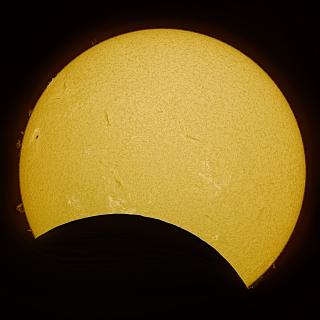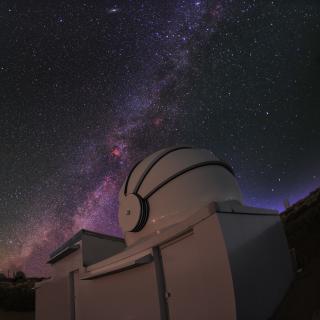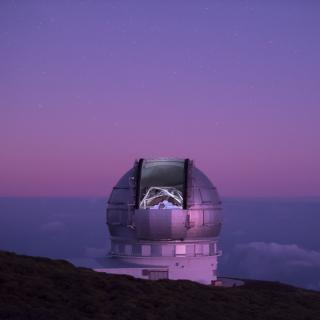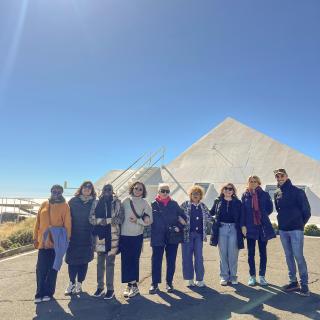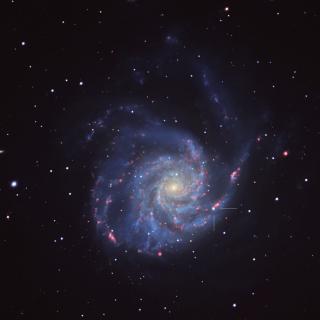
A study conducted with the new WEAVE , installed on the Telescopio William Herschel (WHT) at the Observatorio del Roque de los Muchachos (La Palma), and in whose construction the Instituto de Astrofísica de Canarias (IAC) participated, has revealed clear signs of shock interaction in the Type II supernova SN 2023ixf. Almost a year after the explosion, the data obtained with WEAVE reveal complex emission features that provide new clues about the processes shaping the final stages of massive star evolution. SN 2023ixf, located in the nearby galaxy M101, is the closest Type II supernova
Advertised on
